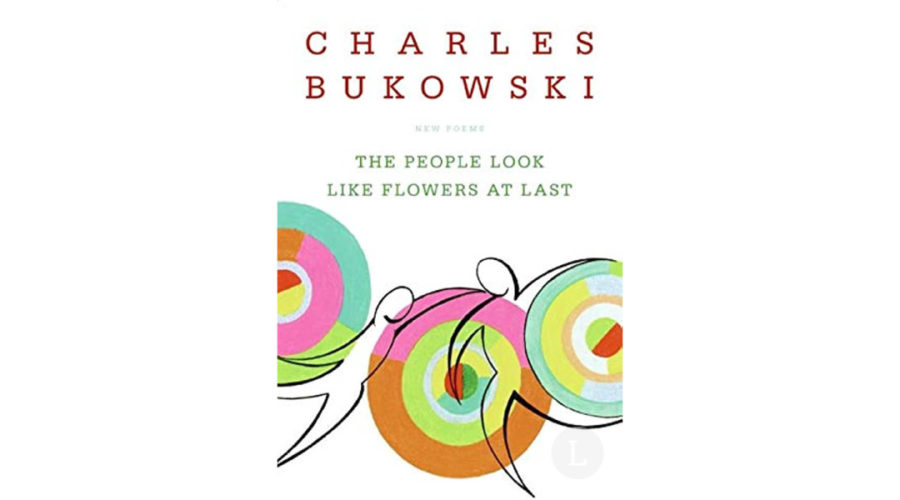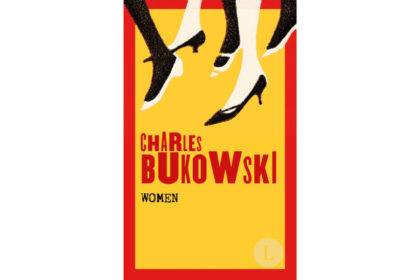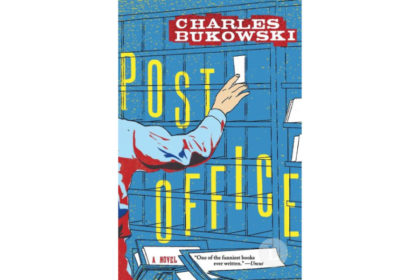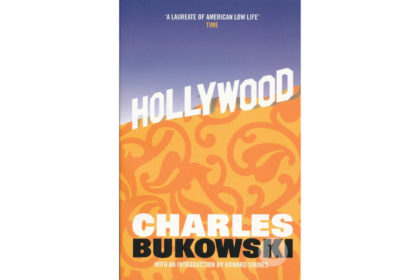The People Look Like Flowers at Last is a posthumously published collection of poems by Charles Bukowski, one of the most prolific and controversial American writers of the 20th century. The book was released in 2007, five years after Bukowski’s …
Charles Bukowski: The People Look Like Flowers at Last




